Table of content
Bananas, with their vibrant yellow hue and sweet, creamy texture, are among the most beloved fruits globally. Yet, their storage remains a topic of debate, particularly the question: Should bananas be refrigerated? This article delves into the science, myths, and practicalities of storing bananas in refrigerators, exploring how temperature, ethylene gas, and environmental factors influence their shelf life, taste, and nutritional value. By examining the biology of banana ripening, the impact of cold storage, and alternative preservation methods, this guide aims to equip readers with actionable insights to reduce food waste and enjoy bananas at their peak.
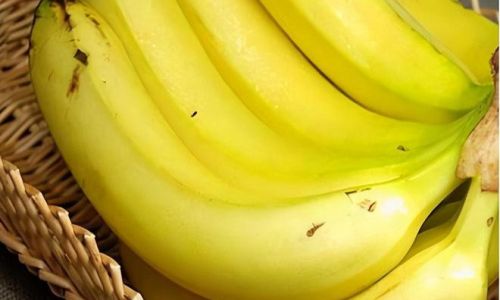
The Science of Banana Ripening
To understand whether bananas belong in the refrigerator, one must first grasp the biology of their ripening process. Bananas, like many fruits, produce ethylene gas—a natural plant hormone that accelerates ripening. This gas triggers enzymatic reactions that convert starches into sugars, soften the fruit’s flesh, and develop its characteristic flavor. The rate of ripening depends on ethylene concentration, temperature, and humidity.
At room temperature (around 68–77°F or 20–25°C), bananas ripen rapidly, typically reaching optimal edibility within 3–5 days after purchase. However, this timeline varies based on the banana’s initial maturity. Green, unripe bananas may take up to a week to fully ripen, while those with visible brown spots indicate advanced ripening and a shorter window before spoilage.
The Role of Ethylene Gas
Ethylene is a double-edged sword in banana storage. While it is essential for ripening, excess exposure can lead to overripening, softening, and eventual decay. Bananas are climacteric fruits, meaning they continue to ripen after harvest, unlike non-climacteric fruits such as strawberries or grapes. This trait makes ethylene management critical for extending shelf life.
Commercial banana distributors often use ethylene-controlled environments to regulate ripening. For example, bananas are often harvested green and shipped in low-ethylene conditions to delay ripening. Upon arrival at stores, they may be exposed to ethylene gas to accelerate ripening uniformly. At home, storing bananas near other ethylene-producing fruits (e.g., apples, avocados, tomatoes) can inadvertently speed up ripening, while isolating them can slow it down.
The Impact of Refrigeration on Bananas
Refrigeration introduces a cold environment (typically 35–40°F or 2–4°C) that disrupts the biochemical processes driving ripening. Lower temperatures slow ethylene production and enzymatic activity, effectively pausing the ripening process. However, refrigerating bananas is not without consequences.
Skin Discoloration
The most visible effect of refrigeration is the darkening of the banana peel. Cold temperatures damage the peel’s cell membranes, causing the release of polyphenol oxidase—an enzyme that reacts with oxygen to produce brown pigments. This discoloration, while unsightly, does not affect the fruit’s edibility. The flesh inside remains firm and sweet, provided the banana was not already overripe before refrigeration.
Texture and Flavor Changes
While refrigeration preserves the banana’s structural integrity, it can alter texture. Cold storage may result in a slightly drier, less creamy flesh compared to bananas ripened at room temperature. Additionally, prolonged refrigeration can diminish the fruit’s natural sweetness, as cold temperatures slightly inhibit the conversion of starches to sugars. However, these changes are subtle and often unnoticeable in recipes like smoothies, baked goods, or frozen treats.
Ripening Arrest
Refrigeration halts ripening, making it an effective tool for preserving underripe bananas. If you purchase green bananas but wish to delay their ripening, refrigeration can extend their shelf life by several days to a week. However, once bananas are removed from the refrigerator, ripening resumes at room temperature, albeit at a slower pace than if they had never been chilled.
Best Practices for Refrigerating Bananas
If you choose to refrigerate bananas, following these guidelines can minimize negative effects and maximize freshness:
-
Wait Until Partial Ripening
Refrigerate bananas only when they reach your desired level of ripeness. Storing unripe bananas in the fridge will halt ripening entirely, leaving you with green, starchy fruit that may never fully develop sweetness. -
Separate from Other Produce
Isolate bananas from ethylene-sensitive fruits (e.g., leafy greens, berries) to prevent accelerated spoilage. -
Use a Perforated Bag
Place bananas in a breathable plastic bag or wrap the stems in plastic wrap. This reduces ethylene buildup while allowing some airflow, balancing ripening control with humidity management.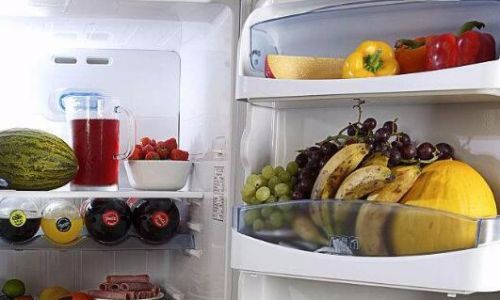
-
Avoid Freezing (Unless Intended)
While refrigeration slows ripening, freezing halts it entirely. Frozen bananas are ideal for smoothies or baking but require thawing before use, which alters texture. -
Accept Cosmetic Changes
Embrace the brown peel! The discoloration is harmless and does not indicate spoilage.
Alternatives to Refrigeration
For those averse to refrigerating bananas, alternative methods can extend shelf life:
-
Hanging Bananas
Suspending bananas from a hook reduces pressure points and bruising, slowing decay. -
Separating Bananas
Detaching individual bananas from the bunch prevents ethylene from accumulating around adjacent fruits. -
Room Temperature Storage with Care
Store bananas in a cool, well-ventilated area away from direct sunlight. Avoid placing them near heat sources like ovens or stoves. -
Lemon Juice or Vinegar Rinse
A mild acid rinse can delay browning of cut bananas but is ineffective for whole fruit.
When Refrigeration Is Necessary
Despite cosmetic drawbacks, refrigeration is advantageous in specific scenarios:
-
Hot Climates
In warm environments, room temperature storage may cause bananas to overripen rapidly. Refrigeration offers a reprieve from heat-induced spoilage. -
Meal Prep
If you plan to use bananas in recipes (e.g., banana bread, muffins) within a week, refrigeration ensures they remain firm and easy to handle. -
Reducing Food Waste
Refrigerating slightly overripe bananas can extend their usability by a few days, preventing premature disposal.
The Freezer: A Long-Term Solution
For long-term storage, freezing is superior to refrigeration. Peel and slice bananas before freezing on a parchment-lined tray. Once frozen, transfer to an airtight container. Frozen bananas retain their flavor and nutritional value for up to six months and are perfect for smoothies, nice cream, or baking.
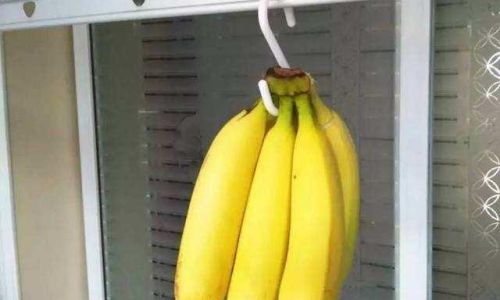
Nutritional Considerations
Refrigeration does not significantly alter the nutritional content of bananas. They remain rich in potassium, vitamin C, dietary fiber, and antioxidants regardless of storage method. However, overripe bananas (whether refrigerated or not) have higher levels of certain antioxidants, as ripening enhances the breakdown of cell walls, releasing beneficial compounds.
Environmental and Economic Impact
Banana cultivation is resource-intensive, with significant water, pesticide, and transportation inputs. Proper storage reduces food waste, conserving resources and lowering carbon footprints. According to the FDA, Americans discard 30–40% of their food supply annually, with fruits like bananas among the most wasted items. Strategic refrigeration can mitigate this issue.
Cultural Perspectives on Banana Storage
Cultural practices around banana storage vary. In tropical regions where bananas are grown, refrigeration is uncommon, as the fruit is consumed fresh or processed shortly after harvest. In temperate zones, refrigeration is a practical adaptation to extend the fruit’s lifespan in non-native climates.
Debunking Myths
-
Myth: Refrigerated bananas are poisonous.
Truth: The brown peel is harmless. The flesh remains safe to eat unless mold or fermentation occurs. -
Myth: Refrigeration ruins banana flavor.
Truth: While texture and sweetness may slightly change, the difference is negligible for cooked or blended uses. -
Myth: Bananas should never be refrigerated.
Truth: Refrigeration is a valid tool when used appropriately, balancing convenience with preservation.
Conclusion: To Refrigerate or Not to Refrigerate?
The decision to refrigerate bananas hinges on priorities:
-
Refrigerate if:
- You wish to slow ripening.
- You live in a hot climate.
- You plan to use bananas in recipes within a week.
- You want to reduce food waste.
-
Avoid refrigeration if:
- You prefer peak texture and flavor.
- You will consume bananas within 3–5 days.
- You dislike the aesthetic of brown-skinned fruit.
Ultimately, bananas are resilient fruits that adapt to various storage methods. Whether displayed in a fruit bowl or chilling in the crisper, their nutritional value and versatility endure. By understanding the interplay of ethylene, temperature, and time, consumers can make informed choices that align with their lifestyle and sustainability goals.
In a world where food security and environmental stewardship are paramount, mastering banana storage is a small yet meaningful step toward reducing waste and savoring every bite of this beloved tropical treasure.
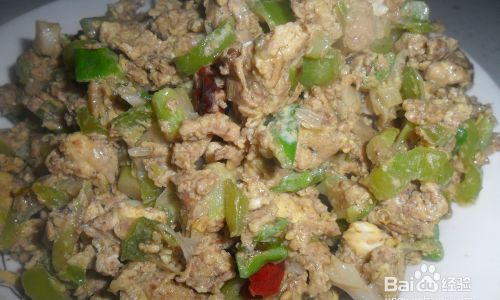
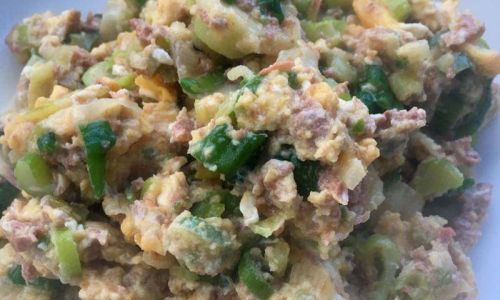
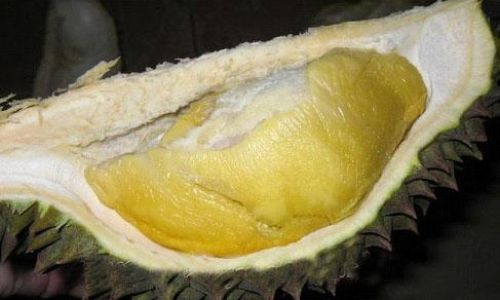

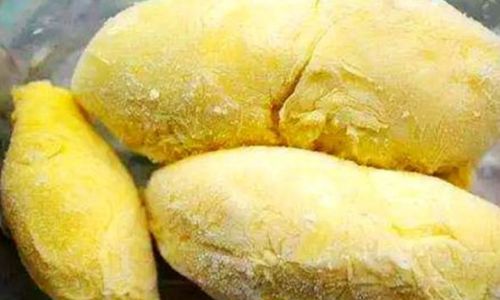
0 comments